Data Management Platforms (DMPs) are sophisticated software tools designed to collect, store, and analyze data from various sources. They enable businesses to create detailed audience profiles for targeted advertising.
What are DMPs?
DMPs aggregate data from multiple sources, including first-party data (directly collected from users), second-party data (first-party data shared between partners), and third-party data (purchased from external sources). By providing insights into user behavior and preferences, they help identify audience segments and optimize advertising strategies.
First-Party Data
First-party data is data gathered directly from the audience. Since it is collected directly from the user, it is considered to be the most important form of data for the advertiser or publisher. The source of first-party data is primarily websites and mobile analytics tools.
Second-Party Data
Second-party data is first-party data from other companies. It is less common than first—or even third-party data. The data is initially collected as first-party data and then passed on to another advertiser through a partnership agreement, which then becomes second-party data.
Third-Party Data
Different sources contribute to Third-party data. Data is sold to advertisers, helping them target users and audiences. Publishers widely and regularly use this type of data to help reach and target their desired audience. Third parties, i.e., DMPs, generally collect this type of data.
How Do DMPs Work?
A data management platform (DMP) gathers data from various sources. To enable advertisers to optimize the performance of their ads by increasing the audience targeting capabilities, Data management platforms (DMPs) are linked to demand-side platforms (DSPs), supply-side platforms (SSPs), and ad exchanges.
Best Data Management Platforms
The DMPs mentioned below provide various features and capabilities that cater to different marketing needs, ensuring effective data management and audience targeting in advertising campaigns.
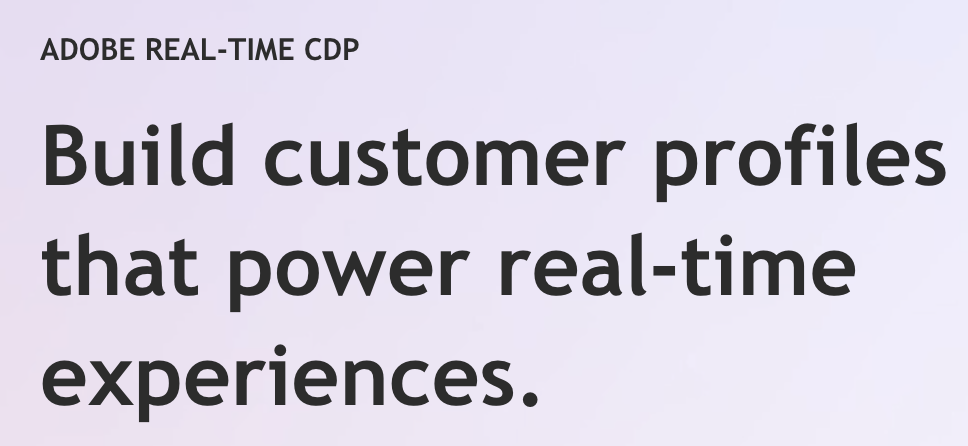
Adobe Real-Time CDP is Adobe’s next-generation customer data platform designed to unify and activate customer data in real-time. It’s the evolution of their Audience Manager DMP, built to address the challenges of a changing data landscape and the increasing demand for personalized customer experiences.
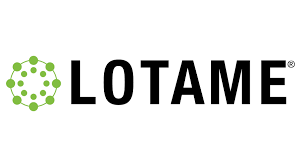
Lotame: This DMP lets publishers or advertisers collect first-party data from websites, apps, social media, email, CRM, search, campaign data, etc. Lotame focuses on first-party data, second-party data collaborations, and cookieless identity solutions. It is a valuable asset for businesses seeking to build sustainable and privacy-compliant audience strategies. The platform’s user-friendly interface and responsive customer support make it a compelling option for businesses of all sizes.
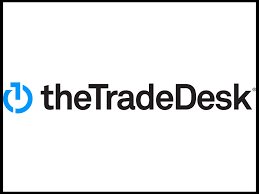
The Trade DeskThe Trade Desk’s fully integrated DMP helps make informed, real-time decisions and maximizes the power of cross-device insights. This solution allows audience segmentation, lookalike modeling, and third-party data partnerships. This Data Management Platform has the advantage of offline to online audience mapping.
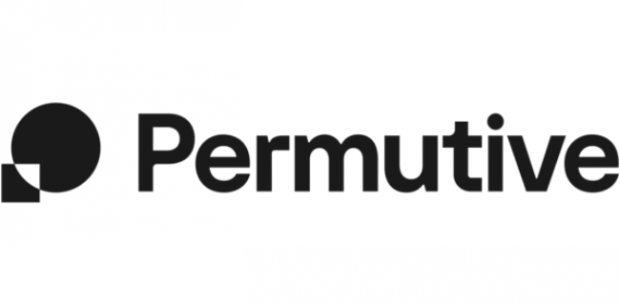
Permutive: This DMP is designed to focus on privacy, making it suitable for publishers who prioritize keeping up with data regulations. It offers features typical of high-quality DMPs while ensuring compliance with privacy norms. Permutive is built with a strong emphasis on privacy, ensuring compliance with evolving data regulations like GDPR and CCPA. It processes and segments data in a way that protects user privacy while still providing valuable insights for marketers.
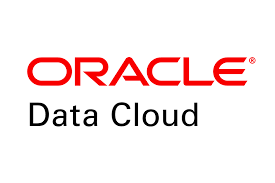
Oracle Data Cloud: Oracle’s DMP offers a vast data marketplace where businesses can access third-party data from various sources, enriching their own customer data and expanding audience reach. The platform enables cross-device targeting, allowing publishers to reach users across multiple devices with consistent messaging and personalized experiences.
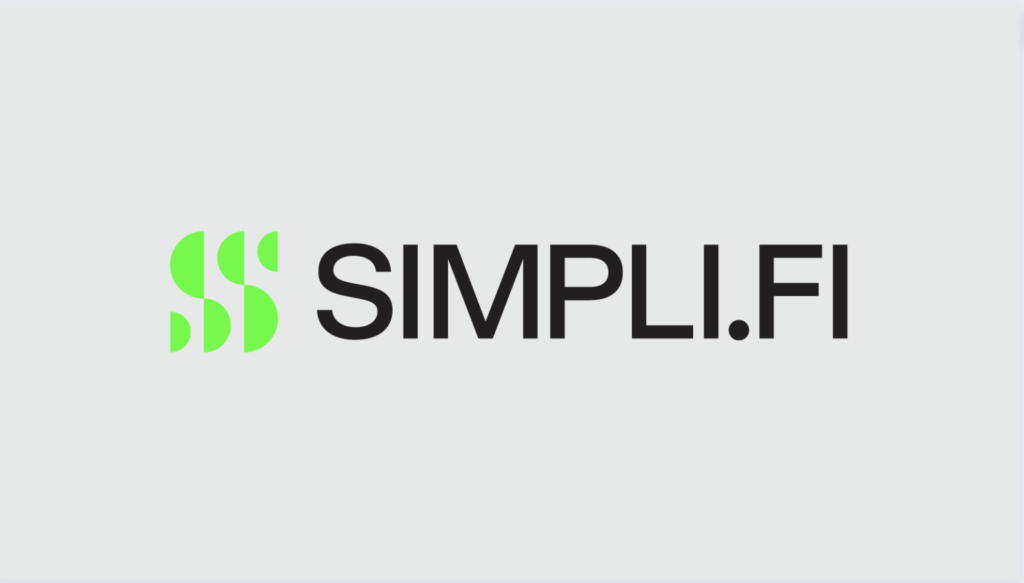
Simpli.fi: This platform specializes in programmatic advertising and provides tools for granular audience targeting and campaign management. The platform enables hyper-targeted campaigns by leveraging various data points, including demographics, interests, location, and real-time behavior. Simpli.fi’s tools help you optimize campaign performance through real-time bidding, creative optimization, and detailed reporting and analytics.
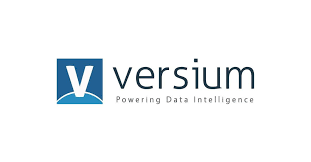
Versium: Versium integrates data from various sources, including CRM systems, social media, and third-party data providers. This creates a comprehensive view of the customer and enables richer segmentation. The platform leverages predictive modeling and machine learning to identify high-value prospects and tailor marketing messages to their specific needs and interests.
Enhancing Ad Personalization with DMPs
Data Management Platforms (DMPs) significantly enhance ad personalization for publishers by leveraging data to create tailored advertising experiences. Here’s how DMPs contribute to this process:
1. Audience Segmentation
DMPs enable publishers to collect and analyze vast amounts of data from various sources, including first-party data (from their websites and apps), second-party data (shared from partners), and third-party data (purchased from external sources). This data can create detailed audience segments based on demographics, behaviors, interests, and preferences. By understanding these segments, publishers can deliver more relevant ads to users, increasing the likelihood of engagement and conversion.
2. Real-Time Data Utilization
DMPs allow for the integration of real-time data, which is crucial for delivering personalized experiences across multiple channels. This capability enables publishers to adjust their ad placements and content recommendations dynamically, ensuring that users receive the most relevant advertisements based on their current interactions and behaviors.
3. Enhanced Ad Targeting
With DMPs, publishers can push audience segments to Demand-Side Platforms (DSPs) or Supply-Side Platforms (SSPs) for targeted ad placements. This integration allows advertisers to serve personalized ads to specific audience segments, improving the overall effectiveness of ad campaigns. The ability to target specific groups means that ads are more likely to resonate with viewers, leading to higher engagement rates.
4. Content Personalization
Beyond just ads, DMPs facilitate content personalization by analyzing user data to recommend articles, products, or services that align with individual preferences. This personalized content experience not only enhances user satisfaction but also increases the chances of users engaging with the publisher’s offerings, thereby boosting overall ad revenue.
5. Improved Inventory Value
By using DMPs to create and refine audience segments, publishers can increase the value of their ad inventory. Advertisers are willing to pay a premium for access to well-defined audience segments that promise higher engagement. This dynamic allows publishers to command better rates for their ad placements, ultimately enhancing overall ad revenue potential.
6. Performance Analytics
DMPs provide in-depth analytics that helps publishers assess the performance of their ad campaigns and audience segments. By analyzing which segments perform best, publishers can refine their strategies and improve future campaigns, ensuring that they continue to deliver personalized experiences that resonate with their audience.
How do DMPs integrate with SSPs to improve ad targeting
Data Management Platforms (DMPs) integrate with Supply-Side Platforms (SSPs) to enhance ad targeting through several key mechanisms:
1. Data Sharing and Audience Segmentation
DMPs collect and organize data from various sources, including first-party, second-party, and third-party data. This data is then segmented into detailed audience profiles based on demographics, behaviors, and interests. When integrated with SSPs, DMPs share these audience segments, allowing publishers to offer more targeted ad inventory to advertisers. This ensures that ads are served to the most relevant audiences, increasing the chances of engagement and conversion.
2. Real-Time Bidding Optimization
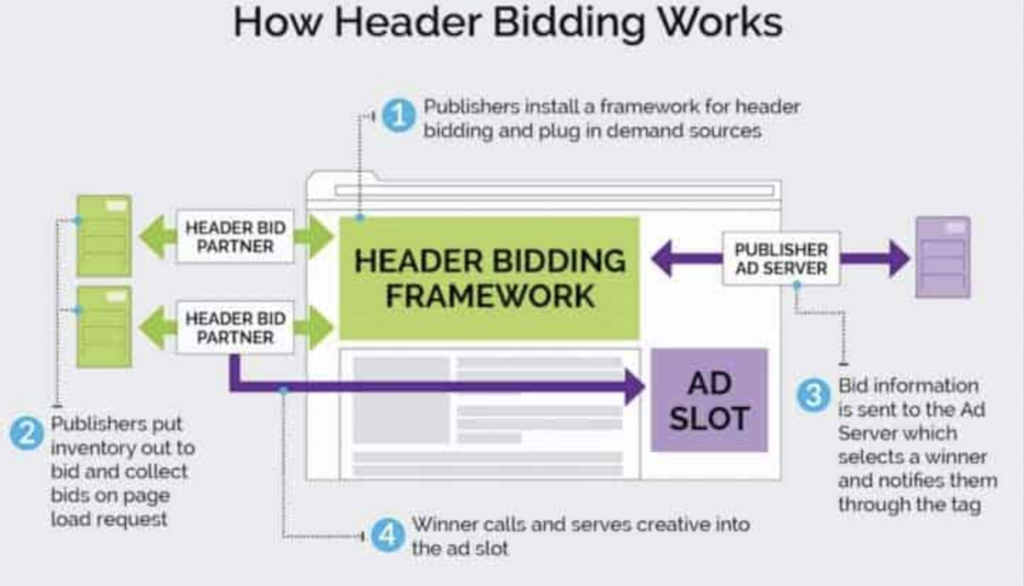
The integration allows SSPs to utilize the audience insights provided by DMPs during the real-time bidding (RTB) process. When an ad impression becomes available, the SSP can access the audience data from the DMP to inform bidding strategies. For instance, if a segment of users is identified as highly likely to engage with a particular product, the SSP can prioritize these impressions for advertisers, optimizing the bidding process and improving ad relevance.
3. Enhanced Campaign Performance
By leveraging the insights from DMPs, SSPs can help publishers optimize their ad inventory management. Advertisers can receive detailed reports on how well their ads perform across different audience segments. This feedback loop allows for continuous improvement of targeting strategies, leading to better campaign performance and higher return on investment (ROI) for advertisers.
4. Streamlined Ad Inventory Management

Integrating DMPs with SSPs simplifies the process of managing ad inventory for publishers. Using DMP insights, publishers can decide which audience segments to target and how to price their ad inventory. This streamlined approach helps maximize the value of ad spaces and ensures that publishers can effectively monetize their inventory.
5. Facilitating Cross-Channel Advertising
DMPs enable data collection across multiple channels, such as websites, mobile apps, and social media. When this data is integrated with SSPs, it allows for a more cohesive cross-channel advertising strategy. Advertisers can target users consistently across different platforms, enhancing the overall effectiveness of their campaigns and ensuring a unified brand message.
Conclusion
Data Management Platforms (DMPs) are essential tools for publishers aiming to maximize ad revenue and enhance audience engagement. By effectively aggregating and analyzing data from diverse sources, DMPs empower publishers to create detailed audience segments, optimize ad targeting, and deliver personalized content experiences.
With the right DMP, publishers can not only improve their campaign ROI but also foster stronger relationships with advertisers by providing valuable insights and targeted advertising opportunities. Ultimately, embracing DMP technology will be crucial for publishers looking to thrive in a competitive market and ensure sustainable growth in their advertising efforts. Ready to grow your revenue? Get started here!
source https://www.monetizemore.com/blog/best-data-management-platforms/


0 Comments